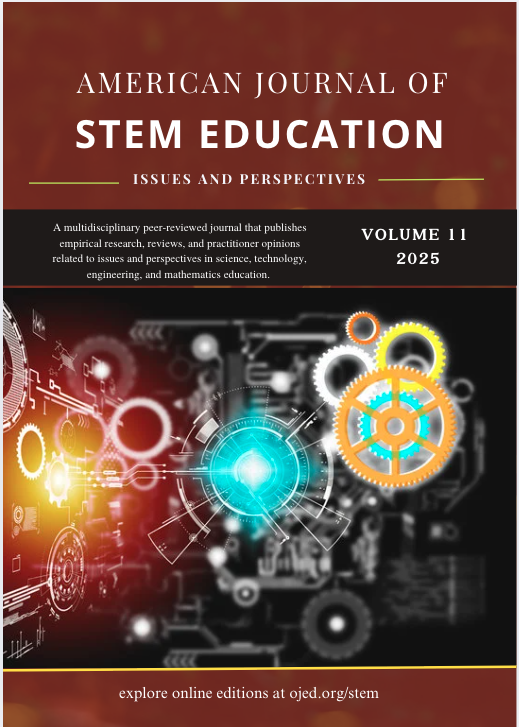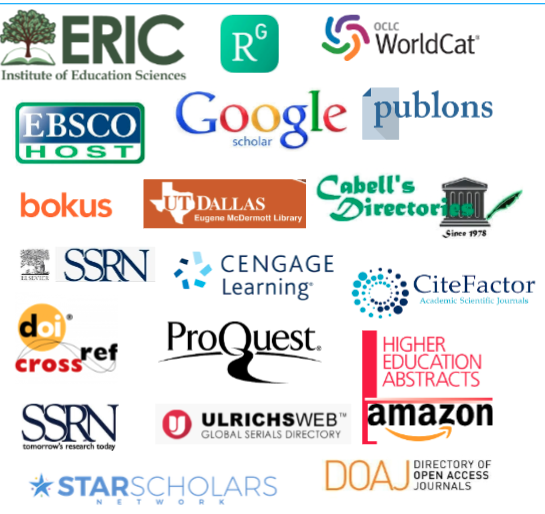A pre- and post-pandemic analysis of the mathematics performance
A multiyear analysis of Texas grade 8 emergent bilingual students by their economic status
DOI:
https://doi.org/10.32674/n4ce8480Keywords:
Emergent Bilingual students, Mathematics performance, pre- and post pandemic, Grade Level Standards, Economic statusAbstract
In this Texas multiyear investigation, the Grade 8 STAAR Mathematics performance of Emergent Bilingual students was examined by their economic status. Five years of data, two prior to the pandemic (i.e., 2017-2018 and 2018-2019) and three post-pandemic (i.e., 2020-2021, 2021-2022, and 2022-2023), were analyzed to ascertain the effects of the COVID-19 pandemic. In four of the five years of data analyzed, statistically significantly lower percentages of Emergent Bilingual students in poverty met the Grade 8 STAAR Mathematics Approaches Grade Level Standard than Emergent Bilingual students not in poverty. An interesting finding is that in the three years following the pandemic, the gap in the percentages of Emergent Bilingual students in poverty who met all three Grade Level Standards compared to those Emergent Bilingual students not in poverty widened. Additionally, in the 2022-2023 school year, a higher percentage of both groups met all Grade Level Standards before the pandemic except in the Meets Grade Level Standard for those Emergent Bilingual students who were in poverty.

 Call for Special Issue Proposals
Call for Special Issue Proposals 


